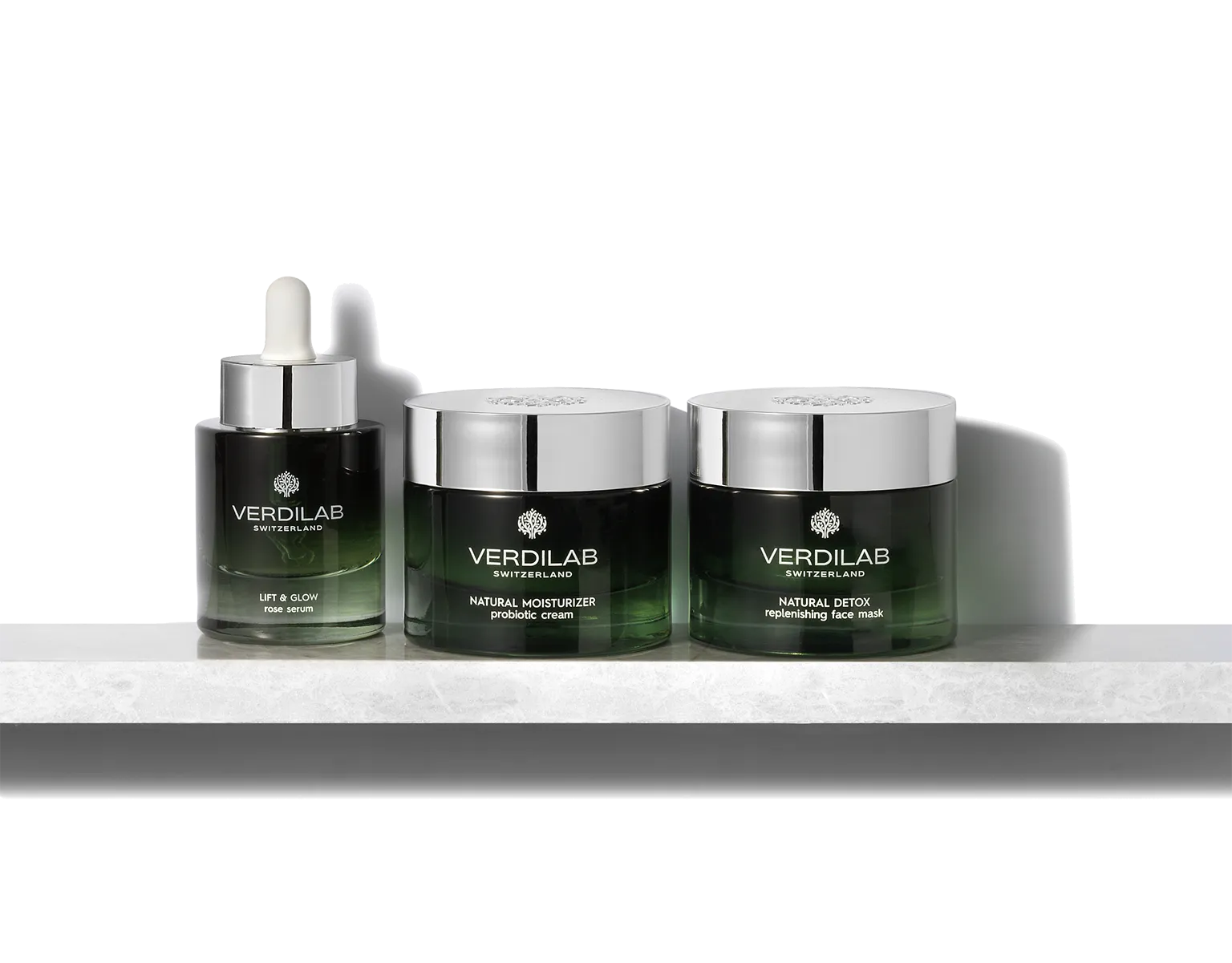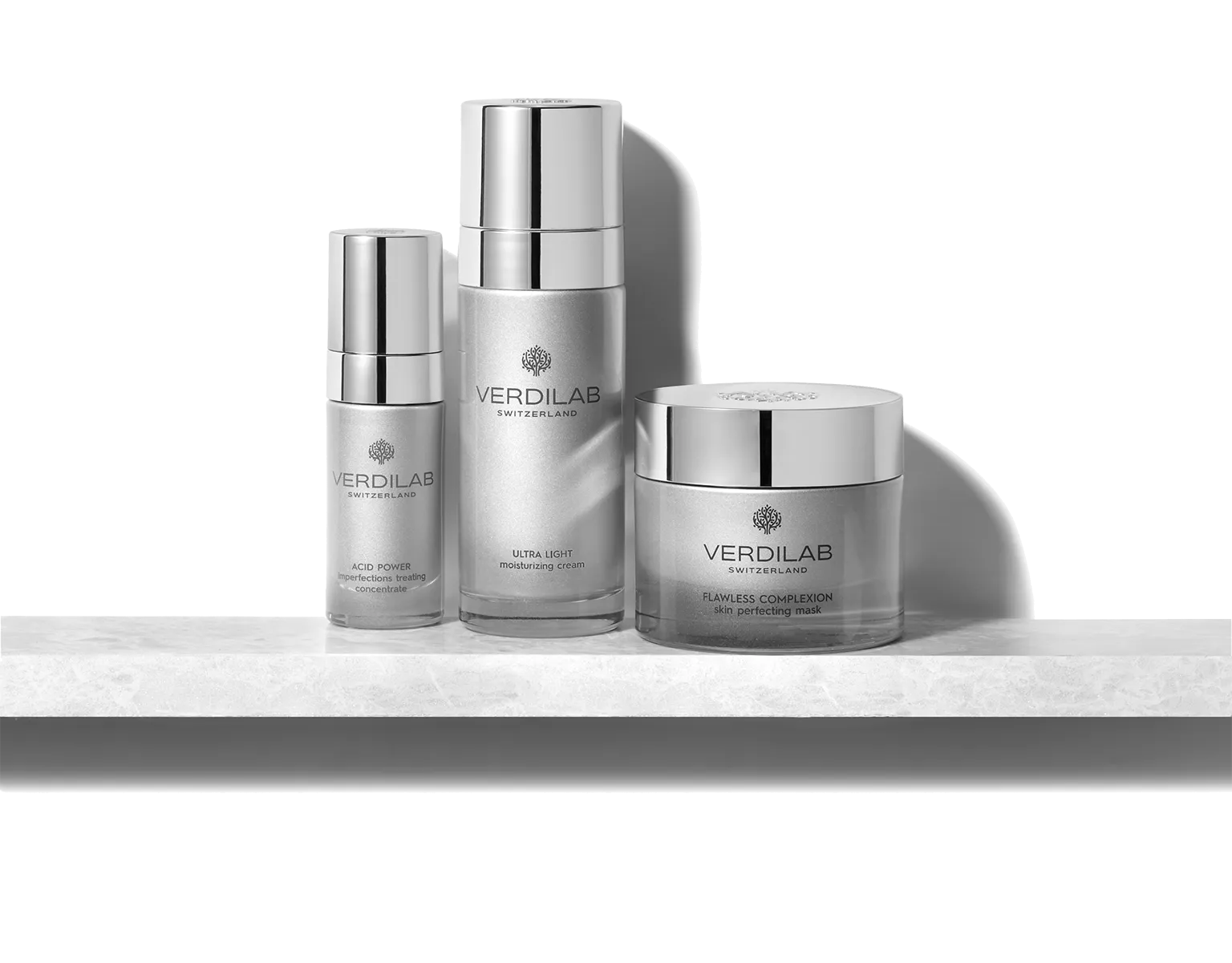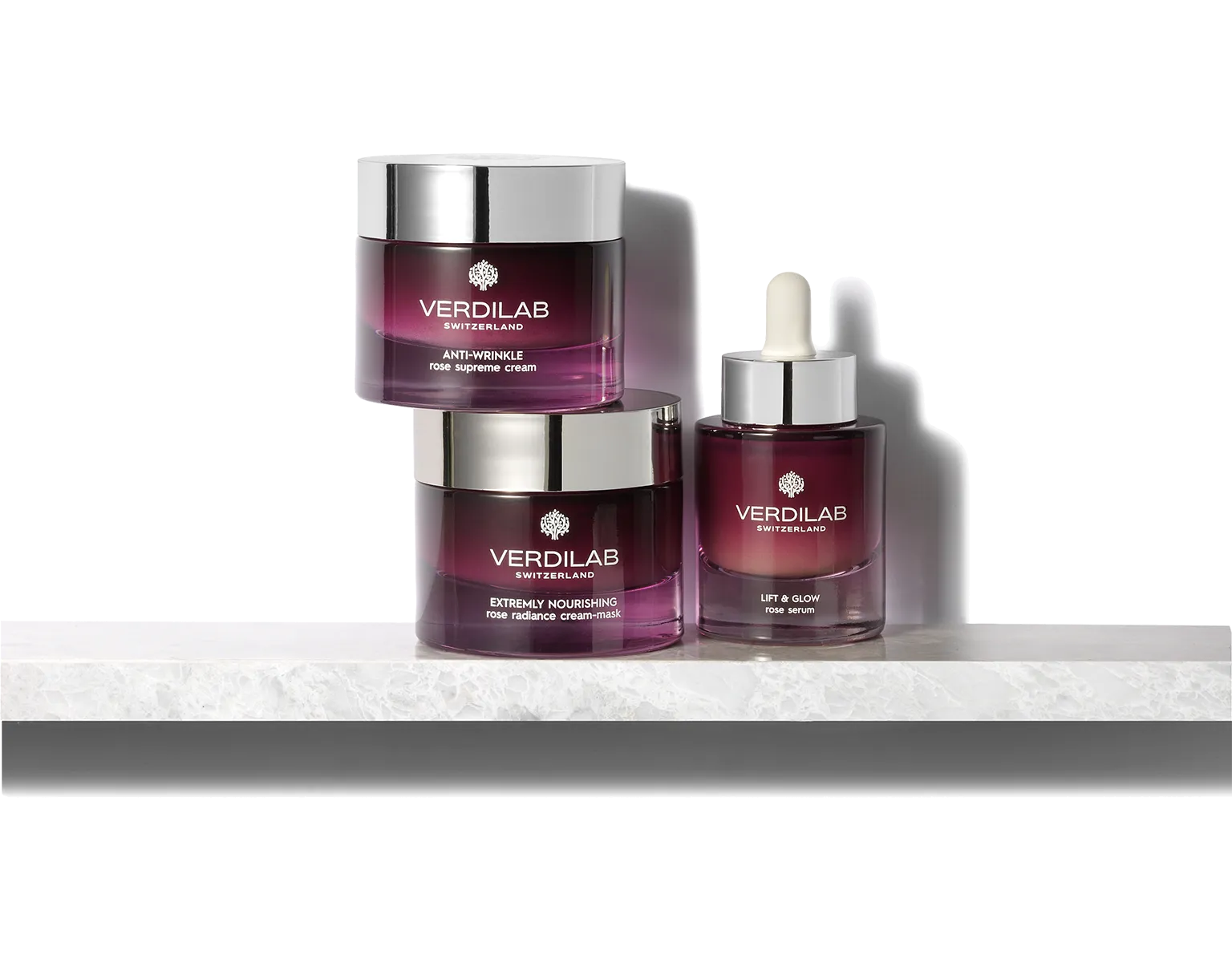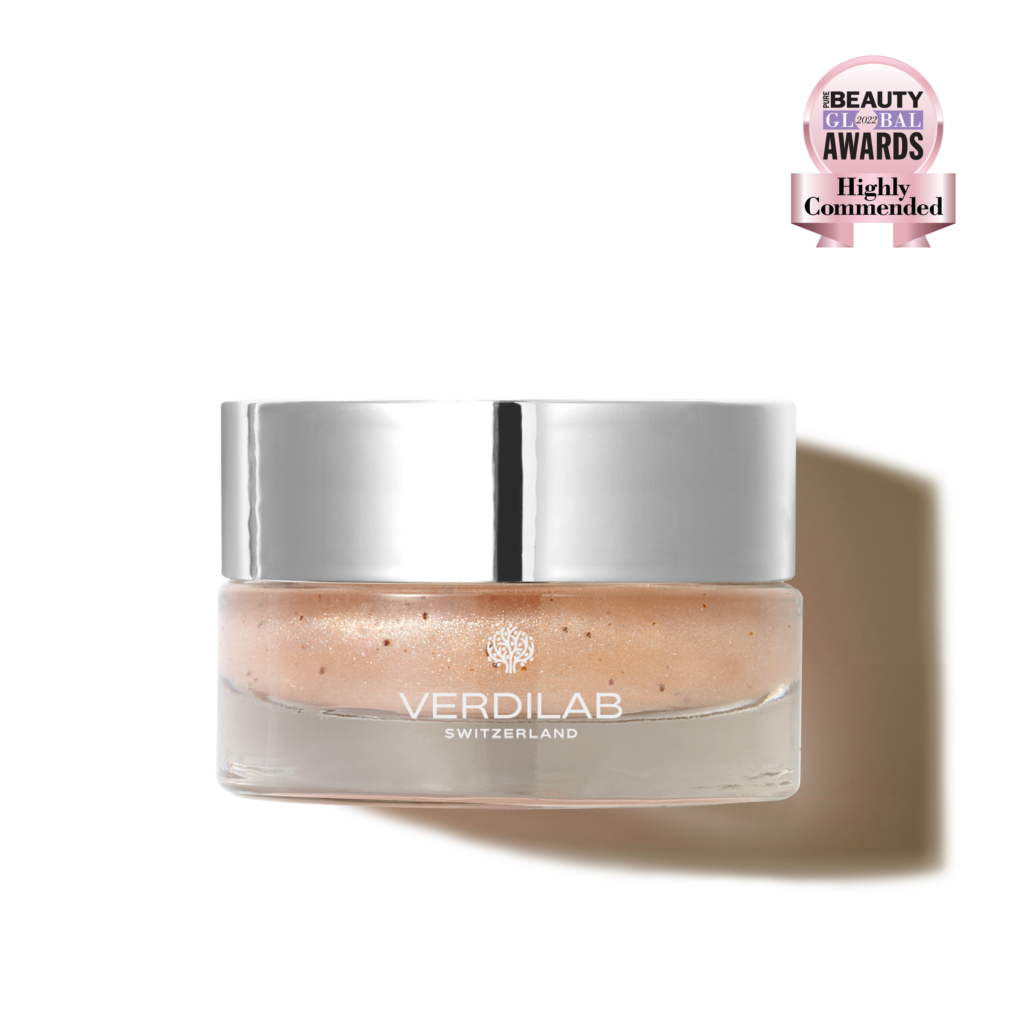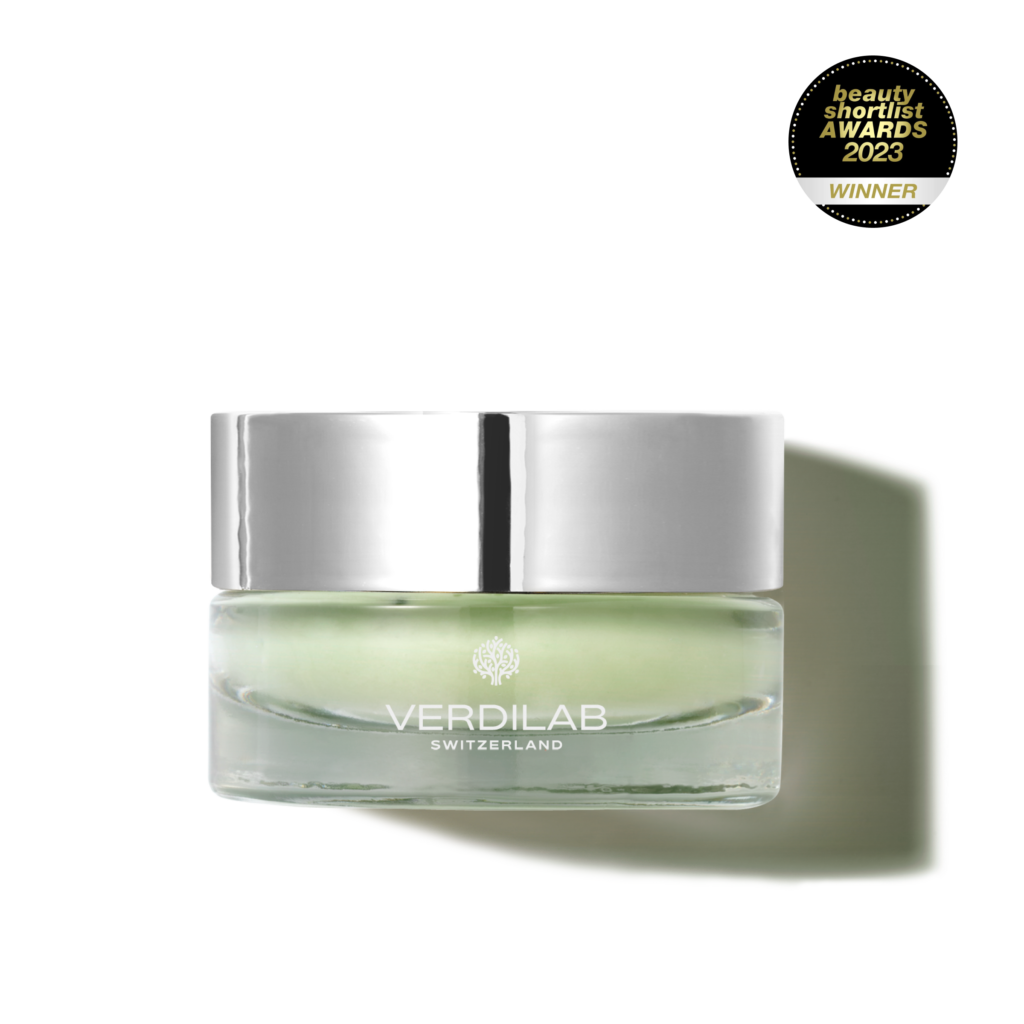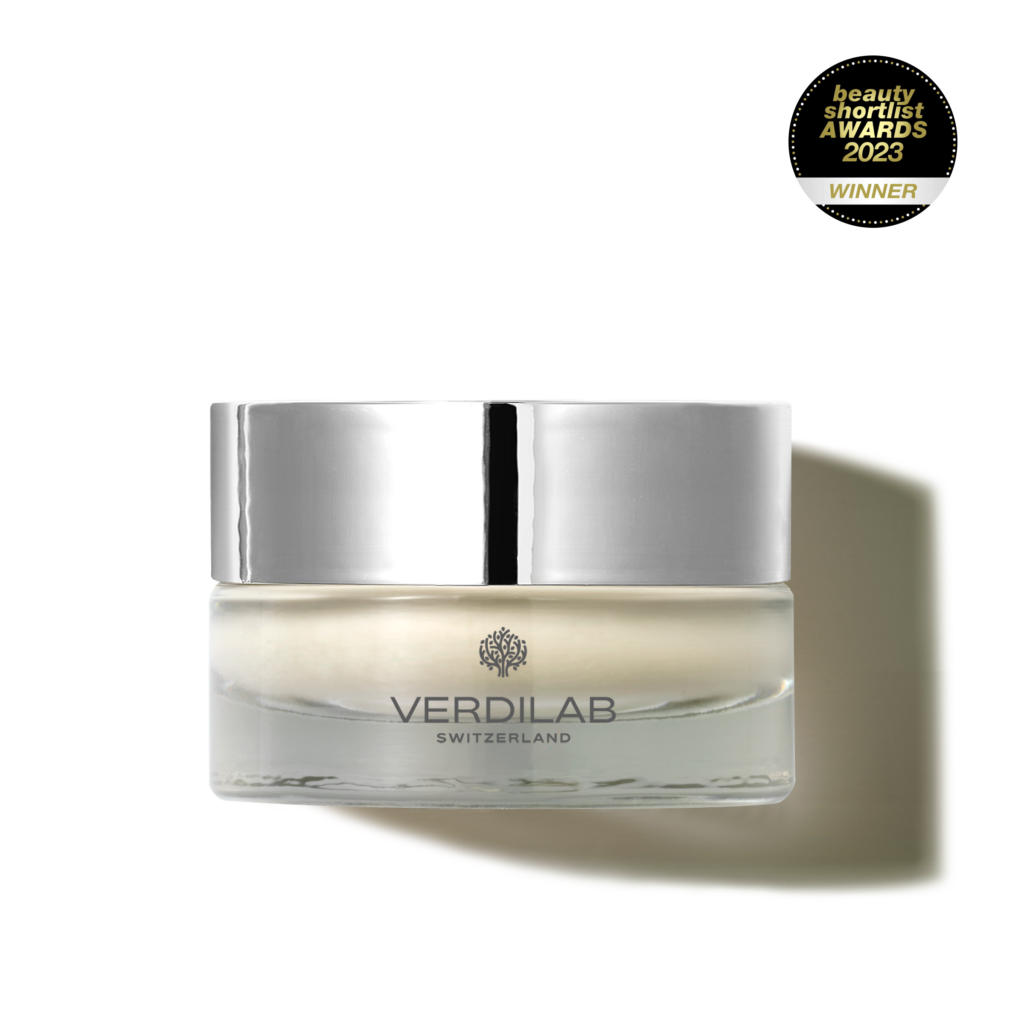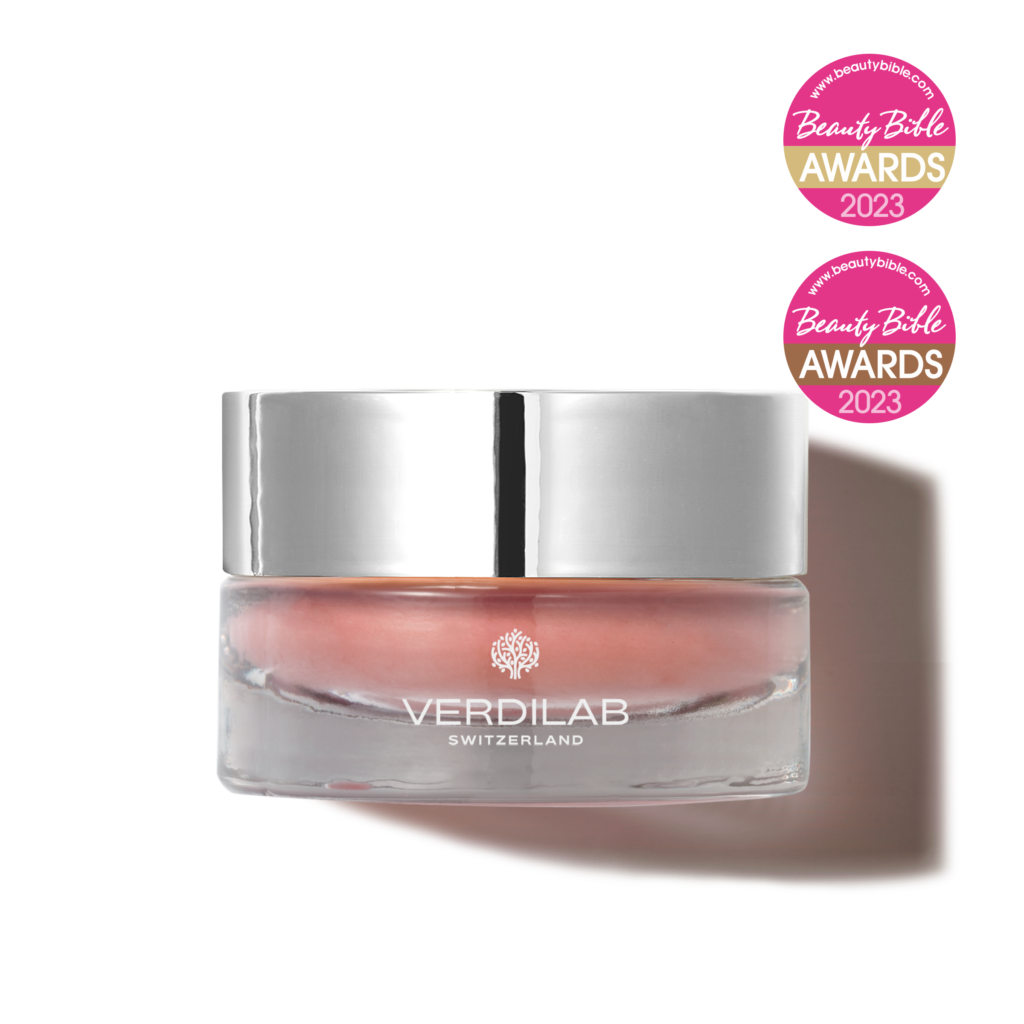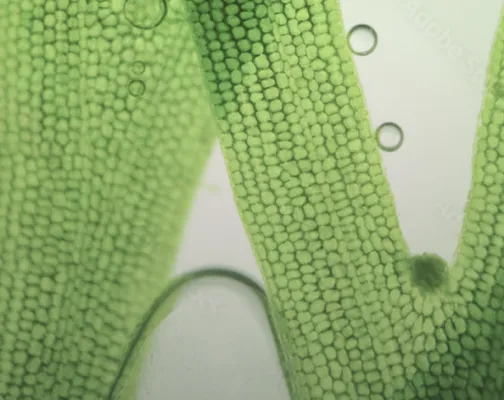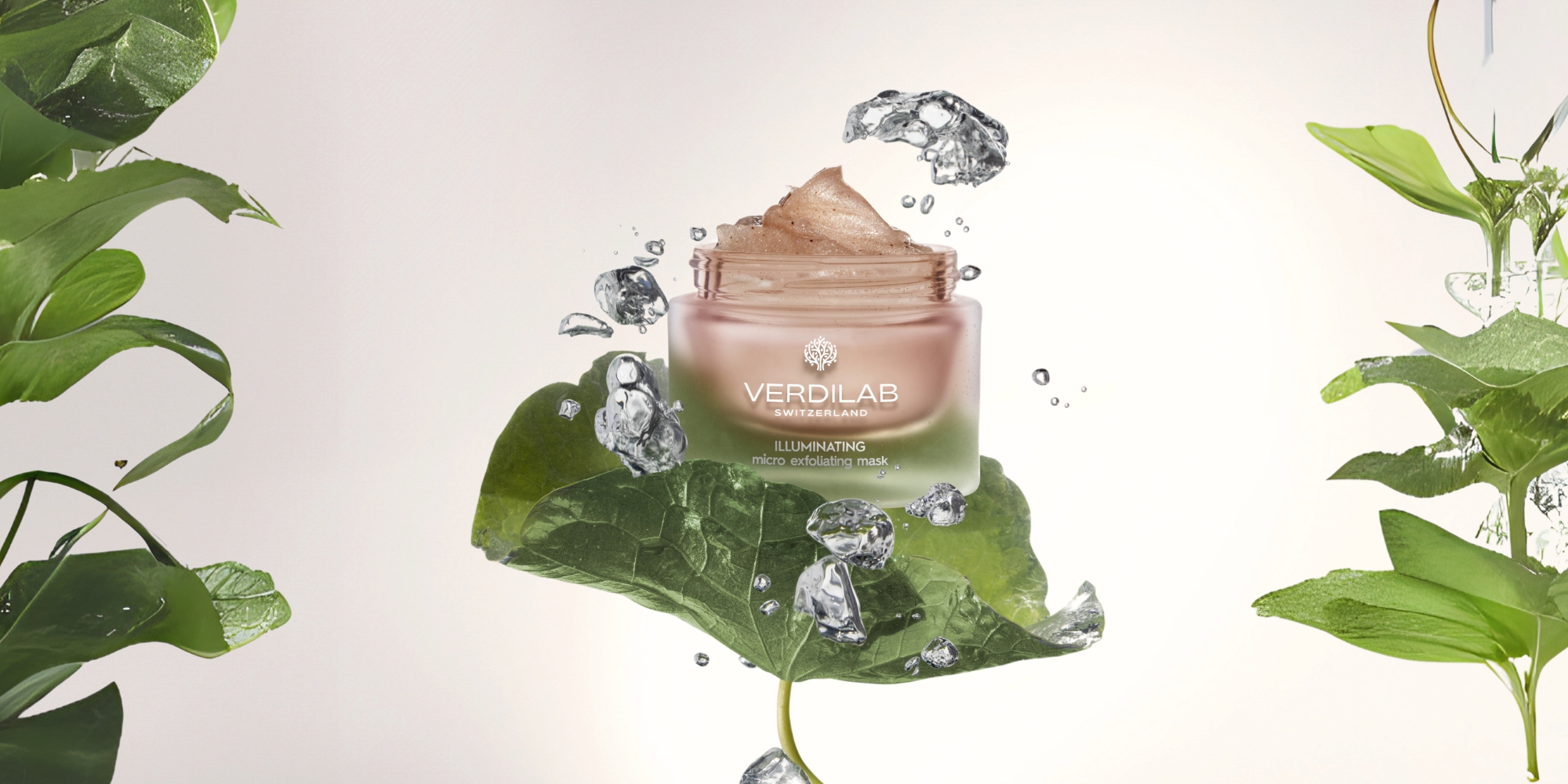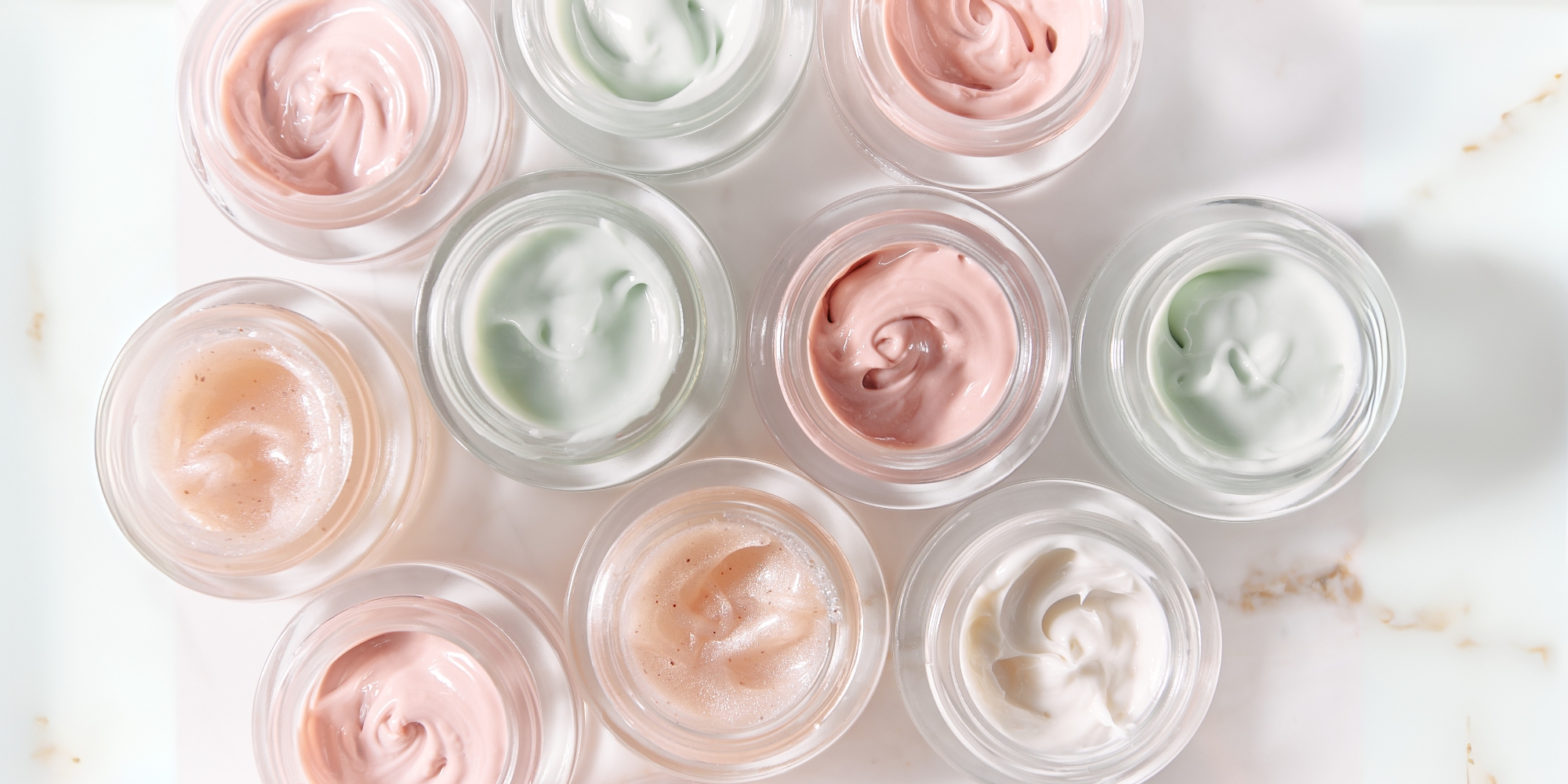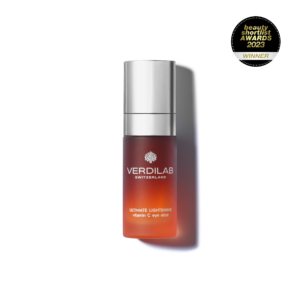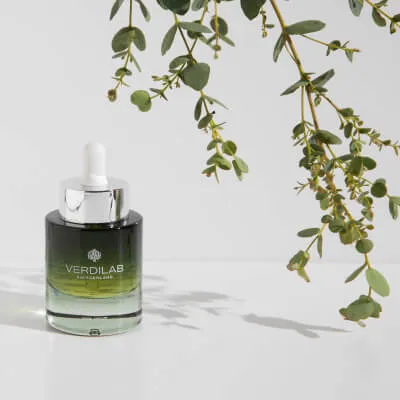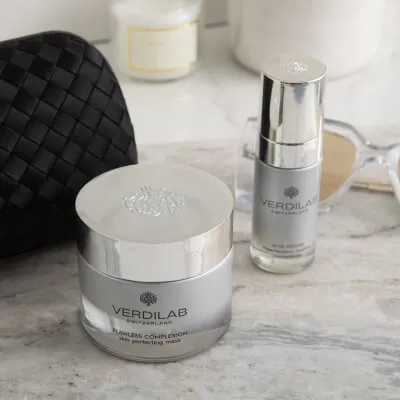Choosing the right exfoliating mask can make a big difference in your skincare routine. With so many options available, it’s important to understand how these masks work and what ingredients are best for your skin type. This guide will help you navigate the choices and find the perfect mask that meets your needs.
Key Takeaways
-
Exfoliating masks help remove dead skin cells, promoting smoother skin.
-
Different masks suit different skin types, so know your skin before choosing.
-
Look for key ingredients like hyaluronic acid and salicylic acid for specific benefits.
-
Always perform a patch test to avoid skin reactions before using a new mask.
-
Consider budget-friendly options that still offer quality results.

Understanding the Benefits of Exfoliating Masks
Exfoliating masks are essential tools in skincare, offering a range of benefits that can enhance the overall appearance and health of the skin. These masks work by removing dead skin cells, revealing a fresher and more radiant complexion.
How Exfoliating Masks Work
Exfoliating masks function through two primary methods: physical and chemical exfoliation. Physical exfoliation involves the use of small particles to manually scrub away dead skin, while chemical exfoliation utilizes acids to dissolve dead skin cells. This dual action can lead to significant improvements in skin texture and clarity.
Key Ingredients in Exfoliating Masks
When selecting an exfoliating mask, it is crucial to consider the ingredients. Here are some key components:
-
Hyaluronic Acid: Provides hydration and plumps the skin.
-
Salicylic Acid: Targets acne and helps unclog pores.
-
Vitamin C: Brightens the skin and evens out skin tone.
Immediate and Long-term Benefits
The benefits of exfoliating masks can be both immediate and long-lasting:
-
Immediate Glow: Skin appears brighter and more radiant after just one use.
-
Improved Texture: Regular use can lead to smoother skin over time.
-
Reduced Pores: Helps minimize the appearance of enlarged pores, leading to a more refined look.
|
Benefit |
Immediate Effect |
Long-term Effect |
|---|---|---|
|
Radiance |
Yes |
Yes |
|
Texture Improvement |
Yes |
Yes |
|
Pore Minimization |
Yes |
Yes |
Exfoliating masks can be a game-changer in your skincare routine, providing both instant gratification and lasting results. Regular use can lead to healthier, more balanced skin, making them a worthy addition to any regimen.
Identifying Your Skin Type for Optimal Results
Understanding your skin type is crucial for selecting the right exfoliating mask. Different skin types require different care to achieve optimal results. Here’s a breakdown of the main skin types and their specific needs:

Dry Skin Considerations
-
Look for masks containing hyaluronic acid, glycerin, or shea butter to provide moisture.
-
Avoid harsh ingredients that can strip the skin of its natural oils.
-
Masks like the Natural Detox Replenishing Face Mask can help hydrate and protect against environmental stressors.
Oily Skin Needs
-
Opt for masks with clay or charcoal to absorb excess oil and unclog pores.
-
Ingredients like salicylic acid can help prevent breakouts.
-
Regular use of products like the Illuminating Micro Exfoliating Mask can help maintain a balanced complexion.
Sensitive Skin Tips
-
Choose masks with soothing ingredients such as aloe vera, chamomile, or green tea.
-
Avoid masks with alcohol or strong fragrances that may irritate the skin.
-
Always perform a patch test before applying a new product to ensure compatibility.
|
Skin Type |
Recommended Ingredients |
Avoided Ingredients |
|---|---|---|
|
Dry |
Hyaluronic acid, Glycerin, Shea butter |
Alcohol, Fragrance |
|
Oily |
Clay, Charcoal, Salicylic acid |
Heavy oils, Alcohol |
|
Sensitive |
Aloe vera, Chamomile, Green tea |
Alcohol, Strong fragrances |
Knowing your skin type helps in choosing the right exfoliating mask, leading to better skin health and appearance.
By identifying your skin type, you can select a mask that not only exfoliates but also nourishes and protects your skin effectively.
Types of Exfoliating Masks and Their Uses

Exfoliating masks are essential tools in skincare, designed to remove dead skin cells and promote a healthier complexion. Understanding the different types of exfoliating masks can help you choose the right one for your skin type and needs.
Physical Exfoliating Masks
Physical exfoliating masks use granules or particles to manually scrub away dead skin. They are often made from natural ingredients like sugar, salt, or ground nuts. Here are some key points:
-
Texture: Gritty and can feel rough on the skin.
-
Usage: Best for normal to oily skin types.
-
Benefits: Provides immediate smoothness and can improve circulation.
Chemical Exfoliating Masks
Chemical exfoliating masks utilize acids to dissolve dead skin cells. Common ingredients include:
-
Alpha Hydroxy Acids (AHAs): Such as glycolic acid, effective for dry skin.
-
Beta Hydroxy Acids (BHAs): Like salicylic acid, ideal for oily and acne-prone skin.
-
Benefits: These masks can penetrate deeper into the skin, offering long-term benefits like improved texture and tone.
Combination Exfoliating Masks
Combination masks blend both physical and chemical exfoliants, providing a comprehensive approach to skin renewal. They often include:
-
Natural exfoliants: Like the Verdilab Illuminating Micro Exfoliating Mask.
-
Chemical agents: Such as lactic acid for hydration.
-
Benefits: Suitable for various skin types, they offer a balanced exfoliation experience.
|
Type of Mask |
Key Ingredients |
Best For |
|---|---|---|
|
Physical Exfoliating |
Sugar, salt, ground nuts |
Normal to oily skin |
|
Chemical Exfoliating |
AHAs, BHAs |
Dry or acne-prone skin |
|
Combination Exfoliating |
Clay, charcoal, acids |
All skin types |
Exfoliating masks can significantly enhance your skincare routine, but it is crucial to choose one that aligns with your skin type and concerns. Over-exfoliation can lead to irritation, so moderation is key.

Key Ingredients to Look for in a Good Exfoliating Mask
Hyaluronic Acid for Hydration
Hyaluronic acid is a powerful ingredient known for its ability to retain moisture. It can hold up to 1,000 times its weight in water, making it essential for keeping skin hydrated and plump. This ingredient is particularly beneficial for dry skin types, as it helps to restore moisture balance and improve overall skin texture.
Salicylic Acid for Acne
Salicylic acid is a beta hydroxy acid (BHA) that penetrates deep into the pores to help clear out excess oil and dead skin cells. It is especially effective for acne-prone skin, as it reduces inflammation and prevents future breakouts. Regular use can lead to a clearer complexion and minimized pores.
Vitamin C for Brightening
Vitamin C is a potent antioxidant that helps to brighten the skin and reduce the appearance of dark spots. It promotes collagen production, which can improve skin elasticity and firmness. Incorporating Vitamin C into your exfoliating mask can enhance your skin’s radiance and protect against environmental damage.
|
Ingredient |
Benefits |
Skin Type |
|---|---|---|
|
Hyaluronic Acid |
Hydrates and plumps skin |
Dry skin |
|
Salicylic Acid |
Clears pores and reduces acne |
Oily/acne-prone |
|
Vitamin C |
Brightens skin and reduces dark spots |
All skin types |
Choosing the right exfoliating mask involves understanding your skin’s needs and selecting ingredients that address those specific concerns.
In summary, when looking for a good exfoliating mask, consider these key ingredients: hyaluronic acid for hydration, salicylic acid for acne, and vitamin C for brightening. Each ingredient plays a vital role in achieving healthy, glowing skin.

How to Properly Use an Exfoliating Mask
Using an exfoliating mask correctly is essential for achieving the best results while minimizing potential skin irritation. Following the right steps can enhance your skin’s appearance and health. Here’s how to do it:
Frequency of Use
-
Weekly Application: Most exfoliating masks should be used once a week to avoid over-exfoliation.
-
Skin Response: Pay attention to how your skin reacts. If you notice redness or irritation, consider reducing the frequency.
-
Seasonal Adjustments: You may need to adjust usage based on seasonal changes, as skin can be more sensitive in winter.
Application Techniques
-
Cleanse First: Always start with a clean face. Use a gentle cleanser to remove dirt and makeup.
-
Apply Evenly: Use your fingers or a brush to apply the mask evenly over your face, avoiding the eye area.
-
Timing: Leave the mask on for 10-15 minutes as per the product instructions, then rinse off with warm water and a washcloth.
Post-Mask Skincare Routine
-
Moisturize: After rinsing off the mask, apply a hydrating moisturizer to lock in moisture.
-
Soothe: If your skin feels sensitive, consider using a calming serum or gel.
-
Sun Protection: Always apply sunscreen during the day, especially after using exfoliating products, as they can make your skin more sensitive to the sun.
Remember, the goal of using an exfoliating mask is to enhance your skin’s texture and appearance without causing harm. Always perform a patch test before trying a new product to ensure compatibility with your skin type.
By following these guidelines, you can effectively incorporate exfoliating masks into your skincare routine, leading to healthier and more radiant skin.

Common Mistakes to Avoid When Using Exfoliating Masks
Exfoliating masks can be a great addition to your skincare routine, but there are several common mistakes that can hinder their effectiveness or even harm your skin. Avoiding these mistakes is crucial for achieving the best results.
Over-Exfoliation Risks
Over-exfoliating can strip away the skin’s protective barrier, making it more susceptible to clogged pores. This can lead to various skin issues, including irritation and breakouts. Here are some key points to consider:
-
Limit exfoliation to 1-3 times weekly, depending on your skin type.
-
Pay attention to how your skin reacts; if you notice redness or irritation, reduce frequency.
-
Choose masks that are suitable for your skin type to avoid adverse effects.
Ignoring Patch Tests
Before applying a new exfoliating mask, it’s essential to perform a patch test. This helps to identify any potential allergic reactions or irritations. Here’s how to do it:
-
Apply a small amount of the product on a discreet area of your skin.
-
Wait 24 hours to see if any irritation occurs.
-
If no reaction is observed, it’s generally safe to use on your face.
Using Incompatible Products
Combining exfoliating masks with other strong active ingredients can lead to skin damage. For example, using a mask with salicylic acid alongside a retinol product can be too harsh. To avoid this:
-
Check the ingredients of all products in your routine.
-
Space out the use of strong actives to prevent irritation.
-
Consult with a dermatologist if unsure about product compatibility.
Remember, the goal of using exfoliating masks is to enhance your skin’s health, not to compromise it. Taking the time to understand your skin’s needs will lead to better outcomes and a more radiant complexion.
Special Considerations for Different Skin Concerns
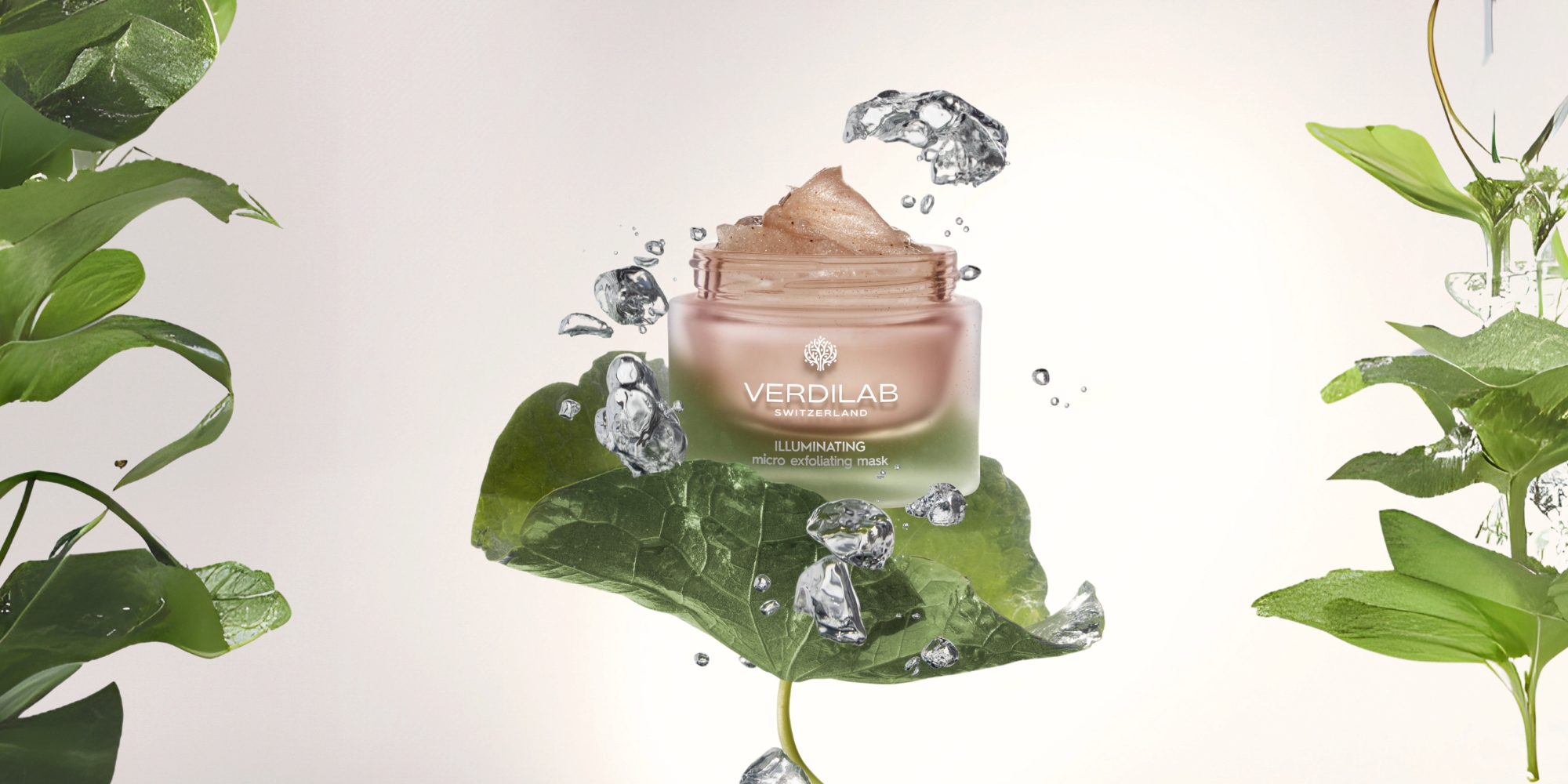
Masks for Acne-Prone Skin
When selecting an exfoliating mask for acne-prone skin, it is crucial to choose products that contain salicylic acid or niacinamide. These ingredients help to unclog pores and reduce inflammation. Here are some key points to consider:
-
Frequency of Use: It is generally recommended to use exfoliating masks to avoid irritation, especially for sensitive skin types.
-
Product Type: Look for chemical exfoliants that are gentle yet effective.
-
Patch Testing: Always perform a patch test to ensure no adverse reactions occur.
Masks for Hyperpigmentation
For those dealing with dark spots or uneven skin tone, masks containing vitamin C or azelaic acid can be beneficial. These ingredients work to brighten the skin and even out discoloration. Consider the following:
-
Application: Use these masks 2-3 times a week for optimal results.
-
Complementary Products: Pair with serums that contain retinol for enhanced effects.
-
Sun Protection: Always apply sunscreen after using these masks, as they can make the skin more sensitive to sunlight.
Masks for Aging Skin
Aging skin often requires more hydration and nourishment. Masks with hyaluronic acid and peptides can help improve skin texture and elasticity. Important considerations include:
-
Hydration: Look for masks that provide deep hydration to combat dryness.
-
Gentle Exfoliation: Choose masks that offer gentle exfoliation to avoid damaging the skin barrier.
-
Frequency: These masks can be used once a week to maintain skin health without overdoing it.
In summary, understanding your skin’s specific needs is essential when choosing an exfoliating mask. Each skin type has unique requirements that can significantly influence the effectiveness of the product used.
|
Skin Concern |
Recommended Ingredients |
Frequency of Use |
|---|---|---|
|
Acne-Prone |
Salicylic Acid, Niacinamide |
Once or twice a week |
|
Hyperpigmentation |
Vitamin C, Azelaic Acid |
2-3 times a week |
|
Aging Skin |
Hyaluronic Acid, Peptides |
Once a week |
The Science Behind Exfoliating Masks
Mechanisms of Action
Exfoliating masks work by removing dead skin cells from the surface of the skin. This process can be achieved through two main methods: physical and chemical exfoliation. Physical exfoliation involves scrubbing the skin with gritty substances, while chemical exfoliation uses acids to dissolve dead skin cells. Both methods aim to promote skin renewal and improve texture.
Clinical Studies and Findings
Research has shown that regular exfoliation can lead to significant improvements in skin appearance. For instance, a study published in the Journal of Cosmetic Dermatology found that participants who used exfoliating masks experienced a noticeable reduction in fine lines and improved skin tone after consistent use over several weeks.
|
Study |
Findings |
|---|---|
|
Journal of Cosmetic Dermatology |
30% improvement in skin texture after 8 weeks of use |
|
Dermatologic Surgery |
25% reduction in fine lines with chemical exfoliation |
|
International Journal of Dermatology |
Enhanced skin hydration and elasticity with regular exfoliation |
Dermatological Insights
Dermatologists emphasize the importance of choosing the right exfoliating mask based on individual skin types. For example, those with oily skin may benefit from masks containing salicylic acid, while individuals with dry skin might prefer hydrating ingredients like hyaluronic acid. Understanding your skin type is crucial for optimal results.
Exfoliating masks can be a powerful tool in your skincare routine, but they must be used wisely to avoid irritation and over-exfoliation.
In conclusion, the science behind exfoliating masks reveals their potential to enhance skin health and appearance when used appropriately. By understanding the mechanisms of action and the importance of tailored ingredients, individuals can make informed choices for their skincare needs.
How to Incorporate Exfoliating Masks into Your Skincare Routine
Incorporating exfoliating masks into your skincare routine can enhance your skin’s appearance and health. Understanding when to use a face mask is crucial for achieving optimal results. Here are some guidelines to help you effectively integrate these masks into your regimen:
Complementary Products
-
Cleanser: Always start with a gentle cleanser to remove impurities. This prepares your skin for the mask.
-
Toner: Using a toner can help balance your skin’s pH and enhance the absorption of the mask’s active ingredients.
-
Moisturizer: After using an exfoliating mask, apply a moisturizer to lock in hydration and soothe the skin.
Timing and Scheduling
-
Frequency: For most skin types, using an exfoliating mask once or twice a week is sufficient. This allows your skin to recover and prevents over-exfoliation.
-
Best Time: Evening is often the best time to apply masks, as your skin can benefit from the treatment overnight.
-
Seasonal Adjustments: Consider adjusting the frequency based on seasonal changes; for example, you may need more hydration in winter.
Adapting to Seasonal Changes
-
Summer: Focus on lightweight, hydrating masks that contain ingredients like hyaluronic acid to combat humidity.
-
Winter: Opt for richer masks that provide deep moisture and nourishment to combat dryness.
-
Spring and Fall: These transitional seasons are ideal for balancing masks that address both hydration and exfoliation needs.
Incorporating exfoliating masks into your routine can lead to smoother, brighter skin when done correctly. Always listen to your skin’s needs and adjust your routine accordingly.
To see how well your exfoliating mask is working, pay attention to how your skin feels and looks after use. If it feels smoother and looks brighter, you’re on the right track! For more tips and to explore our range of skincare products, visit our website today!
Conclusion
Choosing the right exfoliating mask is essential for achieving healthy skin. Start by understanding your skin type and any specific issues you want to address, like dryness or acne. Look for masks with ingredients that suit your needs, such as hyaluronic acid for hydration or salicylic acid for acne. Remember to consider how often you want to use the mask and how easy it is to apply. Always do a patch test before trying a new product to avoid any skin reactions. By following these guidelines, you can find an exfoliating mask that helps your skin look its best.
Frequently Asked Questions
What is an exfoliating mask?
An exfoliating mask is a skincare product that helps remove dead skin cells to make your skin smoother and brighter.
How often should I use an exfoliating mask?
It’s best to use an exfoliating mask once or twice a week, depending on your skin type and how it reacts.
Can exfoliating masks help with acne?
Yes, some exfoliating masks contain ingredients like salicylic acid that can help clear up acne.
Are there different types of exfoliating masks?
Yes, there are physical masks that scrub away dead skin and chemical masks that use acids to dissolve dead skin.
What should I look for in an exfoliating mask?
Look for ingredients that match your skin needs, like hyaluronic acid for dry skin or charcoal for oily skin.
Can I use an exfoliating mask if I have sensitive skin?
Yes, but you should choose gentle masks with soothing ingredients like aloe or chamomile.
Do I need to do a patch test before using a new mask?
Yes, it’s a good idea to do a patch test to make sure your skin doesn’t react badly.
Are expensive masks worth it?
Not always. You can find effective masks at lower prices, so focus on ingredients and your skin type.

